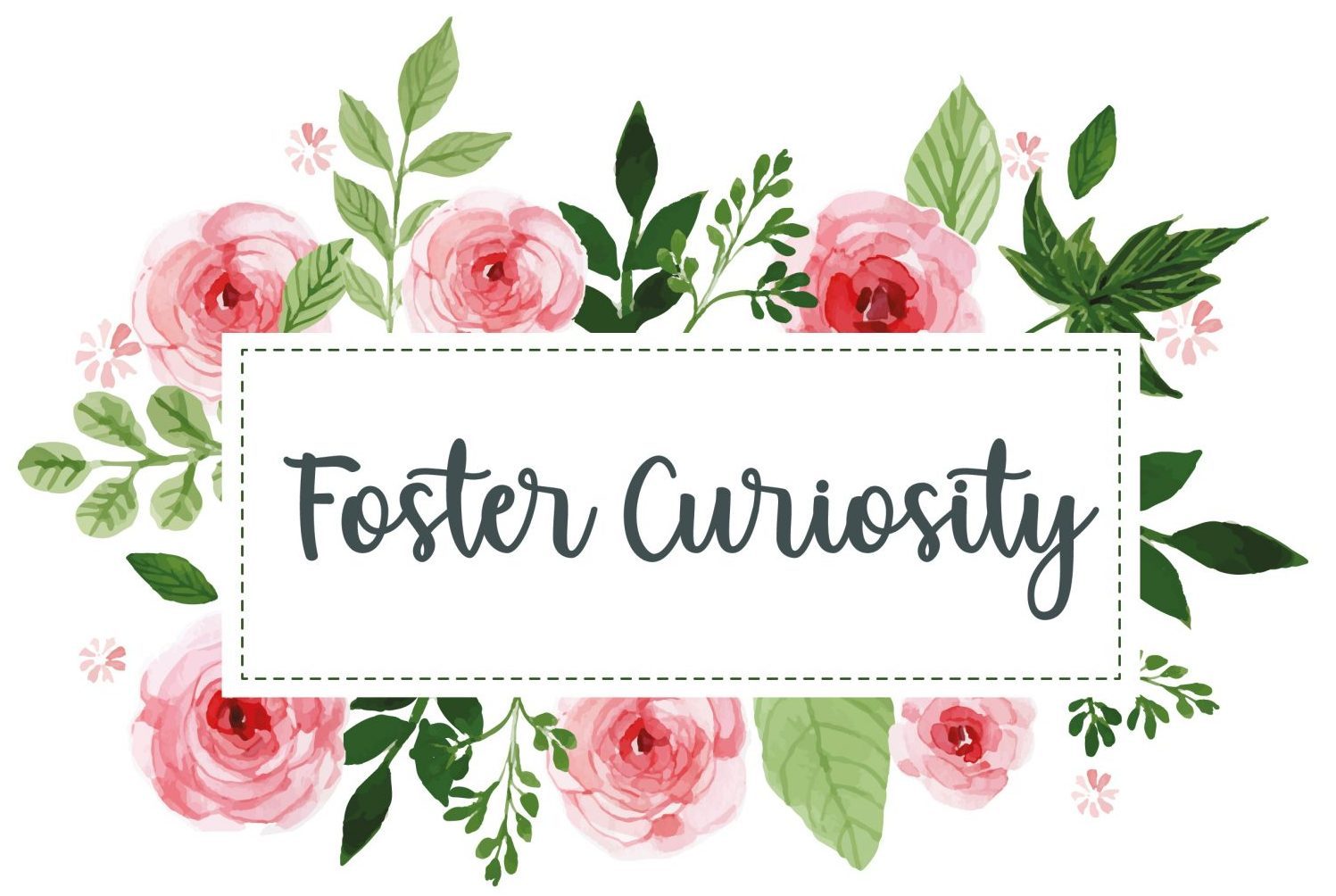
Just Another 2020 Curve-ball
This year has definitely been one for the books–and that’s not really a good thing. So many major events have happened this year, that it’s hard to believe it all happened in just eight months. The major topic of the year is the pandemic.
So many things have been happening since COVID-19 took the country by storm in March. First, everyone was told to quarantine at home for a few weeks to slow the spread of the virus. At first, most people listened. After the initial anxiousness wore off, people stopped.
Fast forward several months, and a lot of states have mandated that people wear masks in public areas to limit the spread, and for some reason the advice from experts is being questioned by people who have no authority to question the matter. Because so many people have ignored that advice, the pandemic is still surging on, causing problem after problem (I know I sound frustrated, and that’s because I am).
Luckily, a lot of the pandemic took place after school was out for summer, so that limited a lot of issues that arise with virtual learning. Since the virus has shown no sign of slowing down, schools are being forced to decide how they want to reopen schools this fall. There are three different approaches, and I am going to talk about the pros and cons of each.
A Little Backstory
As I mentioned in my Teaching During COVID post, there are so many things going on behind the scenes. Teachers aren’t “taking a break”, and parents are not “homeschooling” their kids. In the spring, teachers didn’t have the time to figure out online teaching, but boy were we trying.
After having the summer to mentally prepare for online teaching, and playing around with the technology and resources (teachers don’t always take the summer off), I feel more confident in teaching online now. The issue with feeling confident with teaching online is that virtual learning isn’t the only model that schools are looking at for this fall.
The Different Models
Virtual Learning
Virtual learning is exactly what it sounds like. Students will each have a device (typically supplied by the district), and they will be required to log on for lessons and complete work independently.
| Pros | Cons |
|---|---|
| – Students will be safe from spreading COVID-19 to their peers, teachers, and family. – Teachers will be safe from spreading COVID-19 to their students, colleagues, and family. – Students will learn independence and flexibility. – Teachers will have the opportunity to grow themselves as educators by learning different techniques of teaching. – Family relationships can be built because of the time and opportunities that families will have to talk to the teacher. | – Virtual learning is not what most teachers signed up for, causing some anxiety. – Virtual learning is not the same as being in the classroom. There are a lot of things students learn in a classroom that is difficult to learn over the computer (social skills, etc.) |
In-Person Learning
This is what everyone wants to get back to. Ask any teacher what they want, and every one of them would say that they want to get back to normal. That, plus students miss their friends. With the virus, the in-person approach means that students need to be wearing masks at all times and they have to be 6 feet apart at all times. School would look very different than “normal”.
| Pros | Cons |
|---|---|
| – Students will get to see their friends from a distance instead of over the computer. – Students and teachers can get back into a routine. | – Students will not want keep their masks on full day. Teachers don’t want to either. – It’s going to be near impossible to keep kids apart–especially after not seeing each other for months. – Students will not get indoor recess with their friends, and if they do it is not going to look the same. – It’s going to be difficult to keep everything sanitized with so many kids touching everything. – YOU CAN NOT SOCIALLY DISTANCE A WHOLE CLASS IN A STANDARD-SIZED CLASSROOM. – If one person gets sick, the whole class is at risk. If they go home to family members or have siblings, then all of those kids’ classrooms are at risk. – Legally, the nurse can not tell the teacher or rest of the families that someone got tested for COVID. They only have to tell everyone if it comes back positive, and that could be days. – School will not look the same, even if we all wear masks and have the ability to social distance. |
Hybrid Learning
The last approach is a mixture of the other two approaches. Students would attend school for a couple days a week, and have virtual learning the rest of the week. Teachers would only have half of their students their at a time, allowing for more social-distancing.
| Pros | Cons |
|---|---|
| – Less students would be in the classroom at a time, so it would be easier to social distance. – Students would be able to see their friends (or some of them) from a distance instead of on the computer. – Teachers and students could get back into a routine, even if the routine is different than normal. | – Teachers will have students in school almost every day, meaning they wouldn’t have the chance to work with the online learners. – Students will be expected to complete work independently with less teacher supports remotely. – This model does not limit the exposure for teachers. Teachers will still be expected to be teaching in person, even if it is with less kids. – Students will still have to wear masks and stay 6 feet away from their friends, they will just have to do it a couple days a week instead of the whole week. – The schedule might be confusing for students, or families would struggle with older kids being at school and younger kids at home without supervision. Child care would be a mess. |

My Opinion
Based on the tables above, you might be able to figure out my opinion on the matter. I think that the virtual learning happening this fall will not look like the learning that happened in the spring. I know a lot of parents had to help students with their work because we weren’t able to teach them the material. Students struggled to stay engaged because the work wasn’t presented in a very engaging manner. Since then, teachers have been able to digest and adapt to the new form of teaching–at least I have.
If COVID-19 wasn’t as serious as it is, or if it didn’t exist at all, it wouldn’t even be a discussion for me. I want to be at school with my kids. I want to be able to interact with my coworkers in person instead of over Google Meet or Zoom. But because that is not the case, I really think that we need to listen to the experts and do what will keep kids, their families, and the staff safe.
Even More Choices
That being said, parents can’t always rely on the government or district to make the choice to stay safe and stay virtual as long as we need to. Luckily, my district is offering parents the option to sign their child up for virtual learning the entire year, even if the pandemic ends and we all go back to school.
I’m glad that the district is offering this, especially since parents of former students have expressed concern about going back and forth between the different approaches–especially with the virus still out there. The issue with it is more personal, though I am more sad than mad.
The Curveball
Students were able to sign up for virtual learning the whole 2020-2021 year, and teachers were able to apply to teach virtual all year to those students. As much as I would have loved to sign up, I wasn’t quite hired in the district yet when it was first discussed. Then I got hired, and I felt guilty signing up for it when I just got the new position. That, plus we weren’t guaranteed to get our original position back and we would have to move all of our things out of our classrooms.
So, students are put into classes, and the students who are signed up for virtual learning will be put into different “rooms”. If enough students in one grade sign up for the online teaching, then there won’t be enough students for the other classes. Since I was the last one hired, I will be the first one moved if there aren’t enough students.
This wouldn’t upset me if I were just moving grades or classrooms, but there is a good chance that I will be moved to a new school. It makes me sad, because it isn’t anyone’s fault, but I don’t want to be displaced. I already started working on building relationships with my teammates and principal. And it’s already happened to me before–if you want to read about that, you can check out my Before My First Day of Teaching post.
Update
In the end, I ended up being moved to virtual teaching for the whole 2020-2021 school year. It’s been a mess, with the administrator just getting hired a week before school was supposed to start, and we got our class list even later. I never got the classroom space that was promised to me, we don’t have the resources that classroom teachers have, and it feels like we have very little guidance. Luckily, a couple of my original teammates will be joining me in Team Virtual this year.
This post sounds like a rant, and maybe it is just a little. I think people forget that teachers are people too, and that we have real thoughts and feelings on the topic. I just wanted to write mine down. Maybe I’ll give an update later on how it’s going.
Learn More
If you want to learn more about COVID-19, I linked a few resources here: COVID-19 Tracker, Schools Reopening, and World Health Organization’s website. As always, happy learning!





